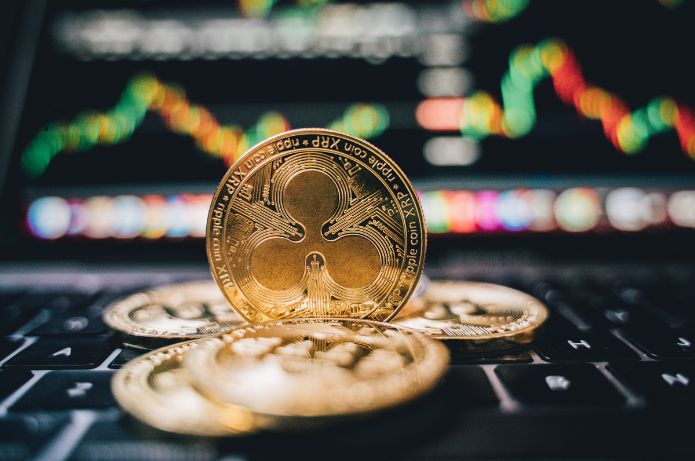I was recently reading an article about Ziel Cosmetics that addressed the technique of Upcycling – a process to transform waste or discarded products into new materials or products of higher value, which reduces waste and promotes circular economy.
The term upcycling, according to Ecycle was coined by German environmentalist Reine Pilz in 1994. In 2002, it became popular with the publication of the book Cradle to cradle: rethinking the way we make things (in Brazil, Cradle to cradle: create and recycle unlimitedly), written by American architect William McDonough in partnership with chemist Michael Braungart.
The Brazilian Ziel Cosmetics is a pioneer in the concept of upcycling beauty, reusing byproducts from winemaking (such as grape seeds) to create cosmetics, which minimizes waste and reduces carbon footprint. In addition, the company collaborates with local communities, does not test on animals, and adopts sustainable packaging, reinforcing its commitment to ethical and environmentally responsible practices (Ziel Natural Cosmetics).
Upcycling and business reputation
We realize that the relationship between upcycling and corporate reputation is becoming increasingly relevant, especially in a context where sustainability is one of the important factors for the relationship between consumers, investors, and business partners with companies or their brands.
The very presence of this concept expressed in the brand strengthens its manifesto by associating values related to social responsibility and engagement with environmental causes, which are so necessary today. On the other hand, this contributes to expanding its relationship with stakeholders in a way that brings more attractive results for the company.
-
Employees – A great place to work: Upcycling practices can have a positive impact on employees, especially the younger generation, who value companies that demonstrate concerns for environmental impact;
-
Government and Regulatory Bodies – Compliance and public recognition: Companies can align their operations with environmental laws and regulations, gaining positive recognition from governments and regulatory bodies. Some regions offer tax benefits or green certifications to companies that demonstrate sustainable practices, which helps to strengthen their reputation;
-
Suppliers and Partners – sustainable supply chain: By choosing suppliers that use upcycling in their processes, the company can strengthen its commercial partnerships and create a sustainable value chain, which can lead to a cascading effect, encouraging other suppliers to adopt similar practices. Besides the possibility of joint product development. An example is the partnership between Adidas and Parley for the Oceans, which transforms plastic removed from the oceans into sports products. This strengthens both the brand’s reputation and that of the partners involved. Another example we can mention is the Brazilian company Mush – which uses organic by-products from agribusiness and transforms them into a new moldable raw material that can be discarded directly into nature. With this new raw material, it is possible to develop decorative pieces, civil construction materials, and even furniture;
-
Investors – market value increase – These environmental and circular economy practices tend to be more valued in the financial market and increase attractiveness in the market when adopted and communicated in their ESG reports;
- NGOs and Sustainability Institutions – partnership development. Companies can collaborate with NGOs promoting sustainability by providing recyclable materials or co-creating upcycling projects. For instance, a fashion company can donate fabric remnants to an NGO teaching sewing to underserved communities, promoting social inclusion and income generation;
- Local Communities – a company promoting social development – A company can engage with communities to develop projects directly benefiting the local economy. For example, a food factory can donate packaging scraps to local craftsmen who transform them into sellable products, creating jobs and income. Companies can organize events or workshops in the communities where they operate, teaching techniques like furniture recycling or sustainable fashion;
- Clients – strengthening relationships and increasing sales: creating programs that encourage customers to return old or used products to be recycled or transformed into new products through upcycling. Shoe companies like Timberland do this, attracting environmentally conscious consumers and improving the brand’s reputation.
These factors, combined, help establish a solid and reliable reputation in the market, which can lead to long-term competitive advantages.







